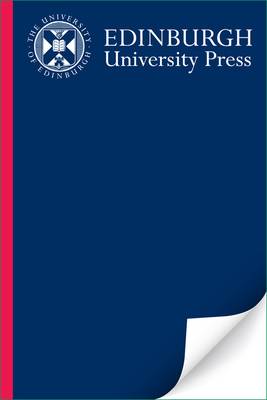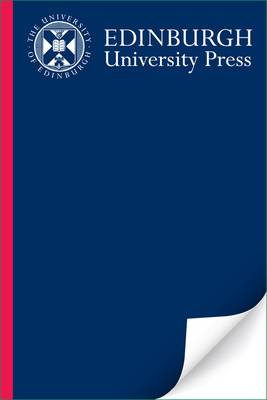
Bedankt voor het vertrouwen het afgelopen jaar! Om jou te bedanken bieden we GRATIS verzending (in België) aan op alles gedurende de hele maand januari.
- Afhalen na 1 uur in een winkel met voorraad
- In januari gratis thuislevering in België
- Ruim aanbod met 7 miljoen producten
Bedankt voor het vertrouwen het afgelopen jaar! Om jou te bedanken bieden we GRATIS verzending (in België) aan op alles gedurende de hele maand januari.
- Afhalen na 1 uur in een winkel met voorraad
- In januari gratis thuislevering in België
- Ruim aanbod met 7 miljoen producten
Zoeken
Renaissance Literature
Siobhan (Senior Lecturer in English, De Montfort University, Lei
€ 148,45
+ 296 punten
Uitvoering
Omschrijving
This guide provides a detailed introduction to each of the major Renaissance literary genres and key Renaissance texts and authors.
Specificaties
Betrokkenen
- Auteur(s):
- Uitgeverij:
Inhoud
- Aantal bladzijden:
- 304
- Reeks:
Eigenschappen
- Productcode (EAN):
- 9780748625833
- Verschijningsdatum:
- 27/08/2008
- Uitvoering:
- Hardcover
- Afmetingen:
- 138 mm x 216 mm
- Gewicht:
- 532 g

Alleen bij Standaard Boekhandel
+ 296 punten op je klantenkaart van Standaard Boekhandel
Beoordelingen
We publiceren alleen reviews die voldoen aan de voorwaarden voor reviews. Bekijk onze voorwaarden voor reviews.









